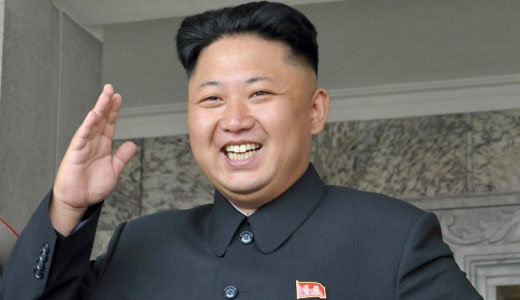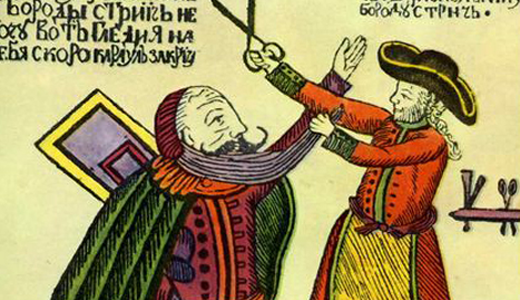 2014
2014
North Korea’s citizens were not too keen on the government-ordered grooming, griping that it’s not the right look for everyone. “Our leader’s haircut is very particular, if you will,” one source told the Korea Times. “It doesn’t always go with everyone since everyone has different face and head shapes.” “It’s a classic fade haircut,” said Igor Iskiyev, owner of Clean Cuts in the East Village. “It works for Kim Jong-Un because his face is so big.” The shaved sides would mean something very specific on the streets of New York City — and it’s not a celebration of police-state socialism. “If most people got that cut,” said Iskiyev, “they would just look like a hipster.”
Western media was abuzz last week with the story of North Korean leader Kim Jong-Un issuing a state-sactioned "fashion guideline" decreeing North Korean male students should adopt his signature coiffe, a high-and-tight 'do slicked back on top and buzzed to the skin along the sides. It's not the first time North Korean leadership has attempted to impose follicle force on its oppressed populous. The New York Daily News reports:
 1698
1698
Peter the Great, desirous that his subjects should act in conformity with the prevailing fashion, imposing a tax upon all those who wore either beards or moustaches, varying from thirty to one hundred roubles per annum, according to the rank of the individual: a modification, however, was made in favour of the peasant, who was only required to pay to pay [one copeck] whenever he passed through the gate of a town. This proved most offensive to the feelings of the people; and so much discontent was manifested on its being enforced, that the greatest vigilance became, on many occasions, necessary to prevent popular outbreak. The national aversion to the origin of this token probably caused their destruction or dispersion, after they had served their purpose for the year, as they are now very rarely to be met with, even in Russia.
Tyrannical rulers' penchant for meddling in affairs tonsorial is hardly new. As part of Peter the Great's efforts to modernize Russia, the tsar took aim at beards—those quintessentially Russian facial adornments. He began with his boyars and others at court. Shortly thereafter, Peter also instituted a beard tax on all who wished to keep wearing their traditional whiskers, requiring all who paid the tax to wear around their neck a bronze token inscribed with the phrase "the beard is a superfluous burden." Walter Hawkins recounts the history in a 1845 dispatch for The Numismatic Chronicle: